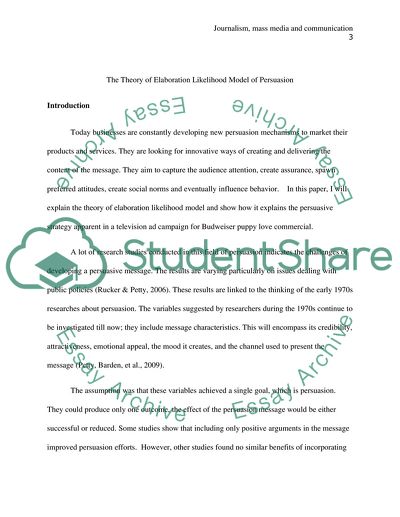Cite this document
(“Elaboration Likelihood model analysis Term Paper”, n.d.)
Elaboration Likelihood model analysis Term Paper. Retrieved from https://studentshare.org/journalism-communication/1632407-elaboration-likelihood-model-analysis
Elaboration Likelihood model analysis Term Paper. Retrieved from https://studentshare.org/journalism-communication/1632407-elaboration-likelihood-model-analysis
(Elaboration Likelihood Model Analysis Term Paper)
Elaboration Likelihood Model Analysis Term Paper. https://studentshare.org/journalism-communication/1632407-elaboration-likelihood-model-analysis.
Elaboration Likelihood Model Analysis Term Paper. https://studentshare.org/journalism-communication/1632407-elaboration-likelihood-model-analysis.
“Elaboration Likelihood Model Analysis Term Paper”, n.d. https://studentshare.org/journalism-communication/1632407-elaboration-likelihood-model-analysis.


